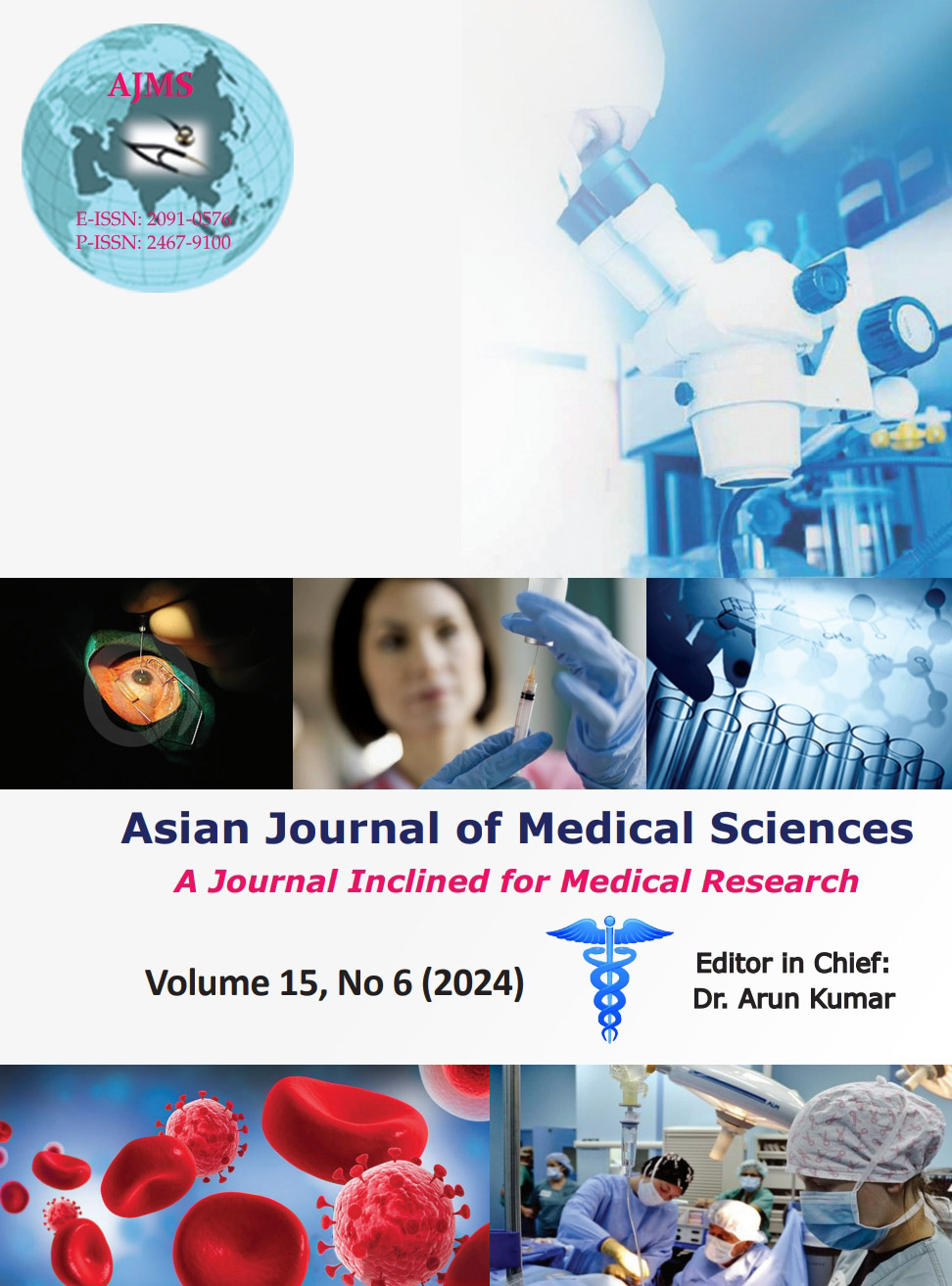Bacterial pathogens and treatment outcomes in neonatal sepsis: A comparative observational study across various hospital settings
Keywords:
Neonatal sepsis, Bacterial pathogens, Antibiotic resistance,Treatment outcomesAbstract
Background: Neonatal sepsis is a leading cause of neonatal morbidity and mortality globally, with variations in causative bacteria and treatment efficacy across health-care facilities.
Aims and Objectives: The aims and objectives of the study are to analyze the bacterial pathogens causing neonatal sepsis and the effectiveness of their treatment in diverse hospital environments. By highlighting the differences in treatment success rates, antibiotic resistance profiles, and the pathogens involved, this study demonstrate the impact of health-care practices and infrastructure on the management of neonatal sepsis.
Materials and Methods: The study encompassed 100 neonates with sepsis, evenly distributed across the three hospital types. It involved identifying bacterial pathogens through blood cultures, assessing antibiotic sensitivity, and examining treatment outcomes such as success rate, mortality, hospital stay duration, and complication rates. Statistical methods were employed to evaluate differences in outcomes among the settings.
Results: Seventy percent of neonates tested positive for bacterial pathogens, with a 60% predominance of Gram-positive over Gram-negative bacteria (40%). Staphylococcus aureus (22%) and Streptococcus agalactiae (18%) were the leading pathogens. Notably, resistance was high against ampicillin (65%) and gentamicin (40%) but lower for cephalosporins and vancomycin. The overall success rate of treatments was 80%, with the tertiary care hospital achieving an 88% success rate, significantly outperforming the private hospitals (72%). The mortality rate was 10%, and 30% of the cases developed complications, predominantly respiratory distress syndrome.
Conclusion: Hospital setting significantly influences the management and outcomes of neonatal sepsis, with tertiary care centers showing better results. These findings highlight the need for focused antimicrobial stewardship and the adoption of sophisticated care protocols in less advanced settings to improve neonatal sepsis outcomes.
Downloads
Downloads
Published
How to Cite
Issue
Section
License
Copyright (c) 2024 Asian Journal of Medical Sciences

This work is licensed under a Creative Commons Attribution-NonCommercial 4.0 International License.
Authors who publish with this journal agree to the following terms:
- The journal holds copyright and publishes the work under a Creative Commons CC-BY-NC license that permits use, distribution and reprduction in any medium, provided the original work is properly cited and is not used for commercial purposes. The journal should be recognised as the original publisher of this work.
- Authors are able to enter into separate, additional contractual arrangements for the non-exclusive distribution of the journal's published version of the work (e.g., post it to an institutional repository or publish it in a book), with an acknowledgement of its initial publication in this journal.
- Authors are permitted and encouraged to post their work online (e.g., in institutional repositories or on their website) prior to and during the submission process, as it can lead to productive exchanges, as well as earlier and greater citation of published work (See The Effect of Open Access).




